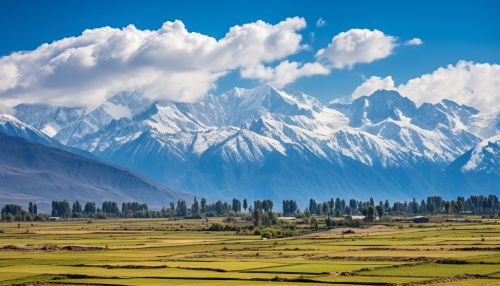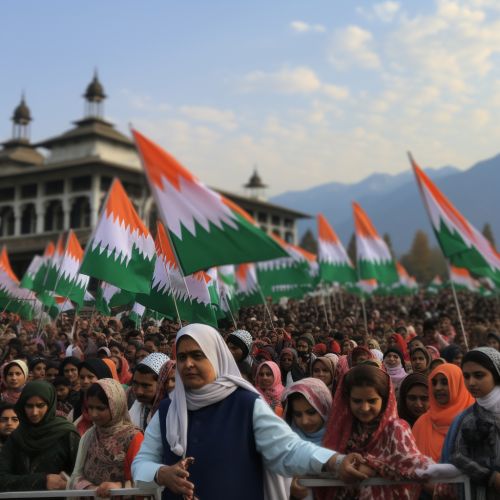Kashmir Independence Movement
Background
The Kashmir Independence Movement is a political and social movement advocating for the independence of Kashmir from India and Pakistan. The movement has its roots in the partition of British India in 1947, which left the princely state of Kashmir with the option to join either India or Pakistan. The subsequent accession of Kashmir to India led to the first Indo-Pakistan War and the division of Kashmir into Indian-administered Jammu and Kashmir and Pakistan-administered Azad Kashmir and Gilgit-Baltistan. This division has been a source of conflict between India and Pakistan, with both countries claiming the entire region.


History
The history of the Kashmir Independence Movement is intertwined with the broader history of the Kashmir region. The movement gained momentum in the late 20th century, following several decades of political unrest and armed conflict. The 1987 state elections in Jammu and Kashmir, which were widely believed to be rigged, sparked widespread protests and a violent insurgency. This period marked the beginning of a sustained campaign for independence, which continues to this day.
Political Aspects
The political aspects of the Kashmir Independence Movement are complex and multifaceted. The movement encompasses a range of political ideologies and aspirations, from those advocating for complete independence to those seeking greater autonomy within the existing political framework. The movement is also marked by a diversity of political actors, including political parties, militant groups, and civil society organizations.


Social Aspects
The social aspects of the Kashmir Independence Movement are equally complex. The movement has profound implications for the social fabric of Kashmir, affecting everything from social relations to cultural practices. The ongoing conflict has also resulted in significant human rights abuses and a humanitarian crisis, with widespread reports of extrajudicial killings, enforced disappearances, and torture.
International Dimensions
The international dimensions of the Kashmir Independence Movement are significant. The conflict in Kashmir is often viewed as a flashpoint for regional and global tensions, with the potential to escalate into a broader conflict between nuclear-armed India and Pakistan. The movement has also attracted international attention due to the human rights situation in Kashmir, with numerous international organizations and governments expressing concern about the situation.


Future Prospects
The future prospects of the Kashmir Independence Movement are uncertain. While the desire for independence remains strong among many Kashmiris, the movement faces numerous challenges, including political repression, internal divisions, and the geopolitical realities of the region. Despite these challenges, the movement continues to be a potent force in Kashmiri politics and society.
